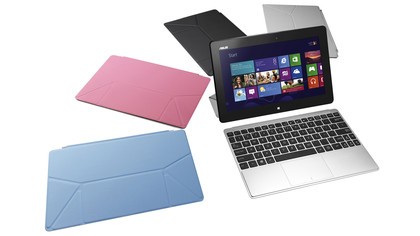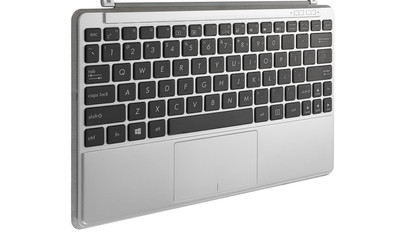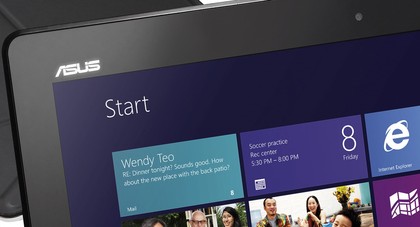TechRadar Verdict
This is the best Windows 8 tablet we've yet seen in terms of power efficiency and capability. But we do have reservations over the processor, which can cope with basic tasks yet does struggle due to the complexity of Windows and multitasking with desktop apps.
Pros
- +
Excellent general specs
- +
8MP camera
- +
full Windows 8
Cons
- -
Processor slow
- -
Ports problematic
- -
Could be brighter
Why you can trust TechRadar
Windows 8 tablets haven't exactly set the world alight so far. Indeed things have been positively low key. Firstly there was uncertainty – many Microsoft partners had prepped their own devices when suddenly, last summer, Microsoft said it would be launching its own hardware in the shape of Surface.
That device runs Windows RT, the accompanying release to Windows 8 that looks the same yet runs solely on ARM-based tablets.
The idea was sound, but the execution of Windows RT was flawed. After all, it should have left the field open for more powerful devices to be powered by Intel and AMD and made the market a clearer place – low power tablets with ARM processors that run Windows RT accompanied by stronger, bigger devices from the others.

Instead, it confused consumers, left manufacturers in two minds about pricing and their approach, and essentially led to fewer Windows 8 tablet-type devices being released than any tech observers had anticipated. That's where our 10.1-inch review tablet comes in – the touchscreen Asus VivoTab Smart ME400 ups the ante with an Intel processor and full-blown Windows 8.
The Asus VivoTab ME400 is, to all intents and purposes, a low-end laptop inside a tablet shell. Running full-blown Windows 8 is a real advantage for the device, which is referred to as the Asus VivoTab Smart in some territories (you may find you need to search for that term rather than ME400 to find it, depending on where you are).
Windows 8 represents a fundamental shift in the way Windows works and is far more touchscreen-orientated for use on tablets as well as traditional PCs. All apps in the Windows Store will run on all the different versions of Windows 8.

The reason why it's important that the VivoTab ME400 has Windows 8 instead of Windows RT – because RT isn't full Windows, unlike Windows 8.
It won't run legacy desktop software (you can only download apps from the Windows Store) and despite Microsoft's repeated pleas that any confusion would be sorted out when people came to buy these things, it simply wasn't. That's bad news for Windows RT, but we're not sad about that, because why would you buy something that holds one arm behind your back?
Thankfully, the ME400 doesn't suffer from this issue, and can run newer Windows 8-style apps in addition to older desktop software that you may have from your previous installation of Windows.

RT tablets were also supposed to be cheap. But the RT version of Surface is £399/US$499/AU$559 rather than costing less. Some manufacturers wanted to go higher, but to be more expensive than the iPad is to, essentially, give up and go home.
But nobody banked on Intel and the manufacturers deciding that £399/US$499/AU$599 is where they need to be too – and that's where the VivoTab ME400 sits.
Bear in mind that Asus also makes an RT version of the VivoTab (don't get them mixed up) which is around the same price. That runs on an Nvidia Tegra 3 processor.
Dan (Twitter, Google+) is TechRadar's Former Deputy Editor and is now in charge at our sister site T3.com. Covering all things computing, internet and mobile he's a seasoned regular at major tech shows such as CES, IFA and Mobile World Congress. Dan has also been a tech expert for many outlets including BBC Radio 4, 5Live and the World Service, The Sun and ITV News.
